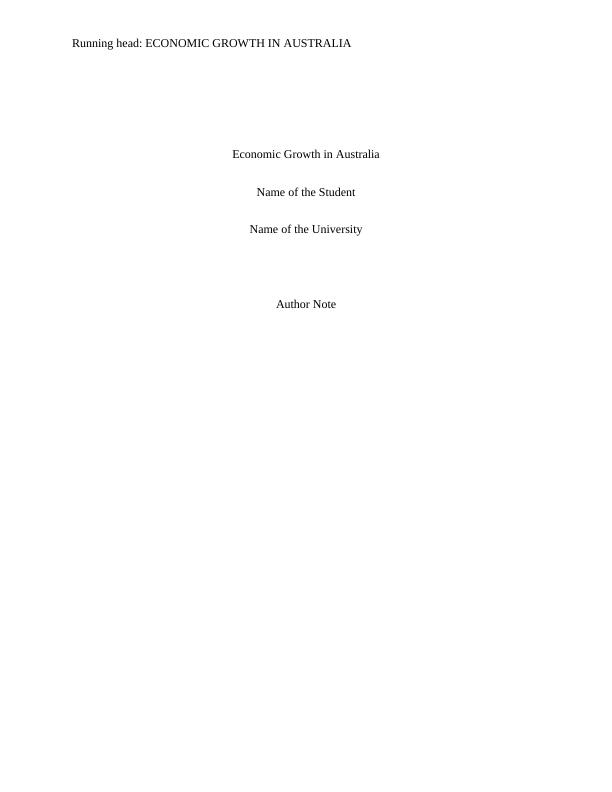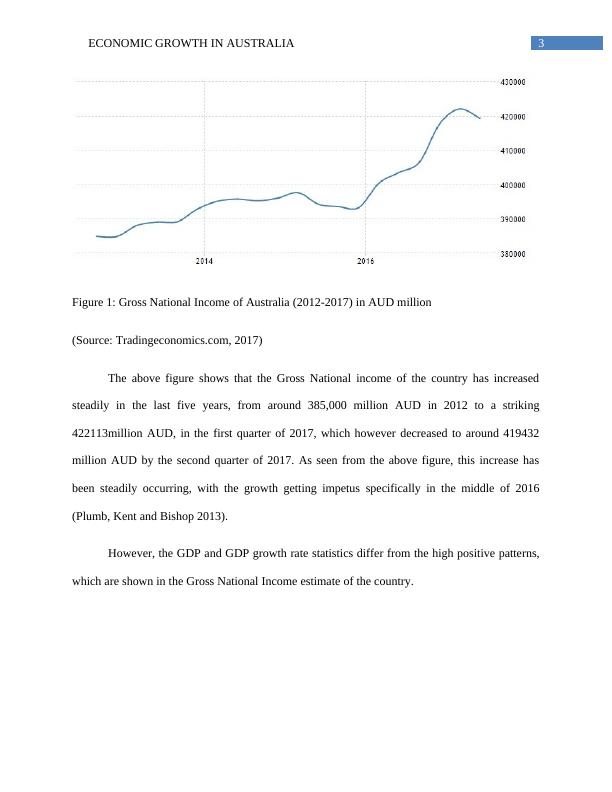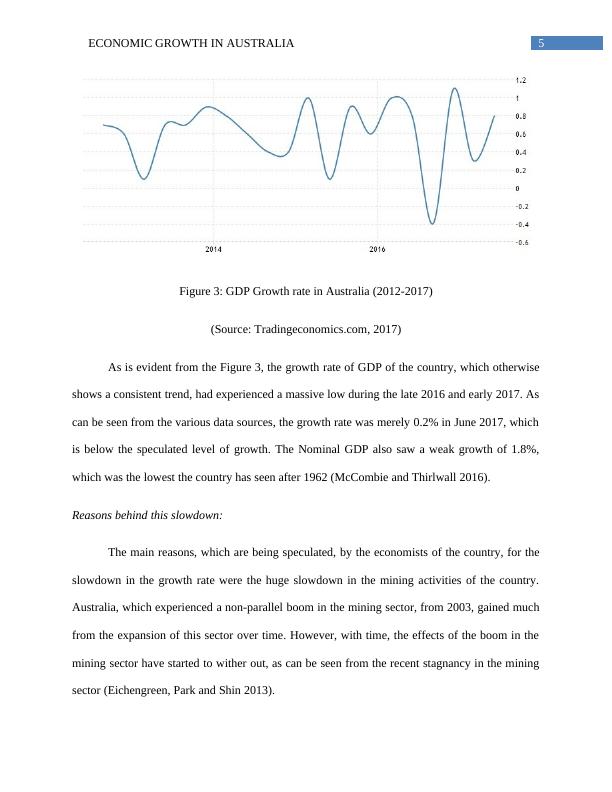Ask a question from expert
HI5003 - Business Economics Assignment
HI5003 Economics for Business (HI5003)
Added on 2019-10-31
About This Document
This essay will emphasise the global economy and the growth experienced by the Australian economy. This will try to describe the economic growth dynamics of the country in the last five years, looking over the performance of the country in the diverse economic sources of growth and trying to understand the outcomes with the help of economic concepts. The reason behind choosing the Australian economy is that the country is experiencing a slowdown in the economy for so long and this identification will help in gaining information about strategies being used in order to have a stable economy for the country. All of these points will help in getting information effectively about the economy of the country so that theoretical and practical knowledge can be gained.
HI5003 - Business Economics Assignment
HI5003 Economics for Business (HI5003)
Added on 2019-10-31
End of preview
Want to access all the pages? Upload your documents or become a member.





